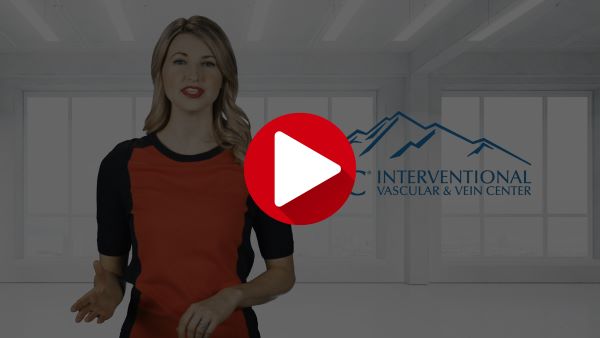Symptoms or Warning Signs of Venous Insufficiency
To better understand venous insufficiency, you should know the purpose and function of the veins in your body. Healthy veins pump blood back to the heart using one-way valves, which stop blood from moving in the opposite direction. Sometimes these valves weaken, allowing blood to flow backward and pool inside the veins. This backward flow, or reflux, causes a high pressure build-up leading to venous insufficiency.
- Leg discomfort: If you experience aching, heaviness, throbbing, burning, itching, cramping, or numbness in your legs, then there is a good chance you have venous insufficiency. In many cases, these symptoms are exacerbated by long periods of standing or sitting.
- Fatigued or heavy legs: If your legs get tired after standing for a few minutes or after a short period of activity then you could have venous insufficiency.
- Restless legs or leg cramps: Patients who suffer from venous insufficiency often complain of an uncomfortable tingling sensation in their legs or legs cramps in the evening. Patients often feel forced to move their legs, especially when at rest. If you suffer from Restless Leg Syndrome and experience some of these other symptoms, it is best to visit a vein specialist and have an assessment done for venous insufficiency.
- Discoloration of skin on legs: Venous disease can cause brown stains on the skin (hyperpigmentation). In severe cases, the skin tissue around the lower legs and ankles scar so that it looks and feels like leather. It does not have to be this severe to be seen by a specialist. If you experience redness or inflammation around the lower legs and ankles, you may have venous disease.
- Visible varicose veins or spider veins: Varicose veins and spider veins can be visible to the naked eye. If you see them then you have them!



